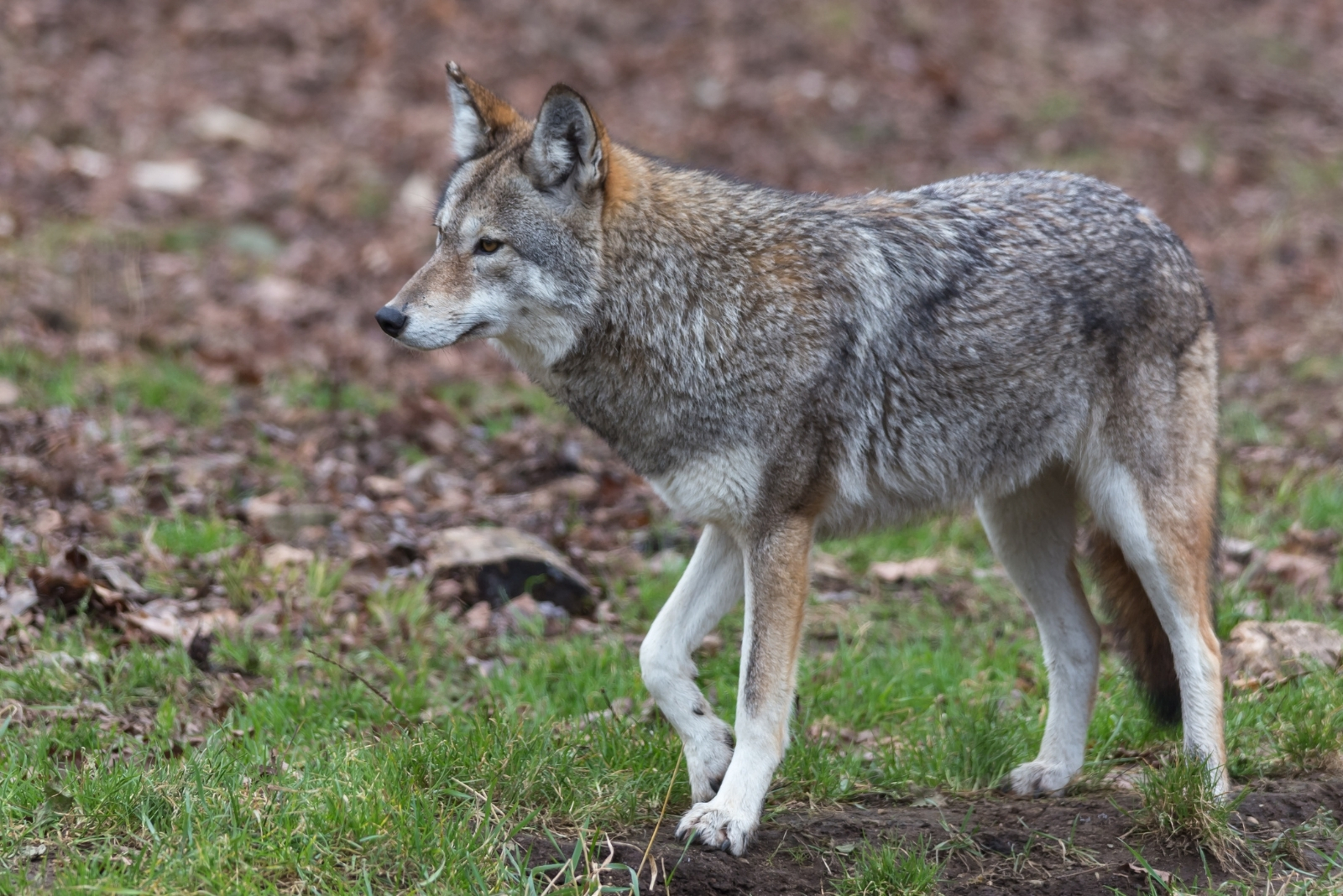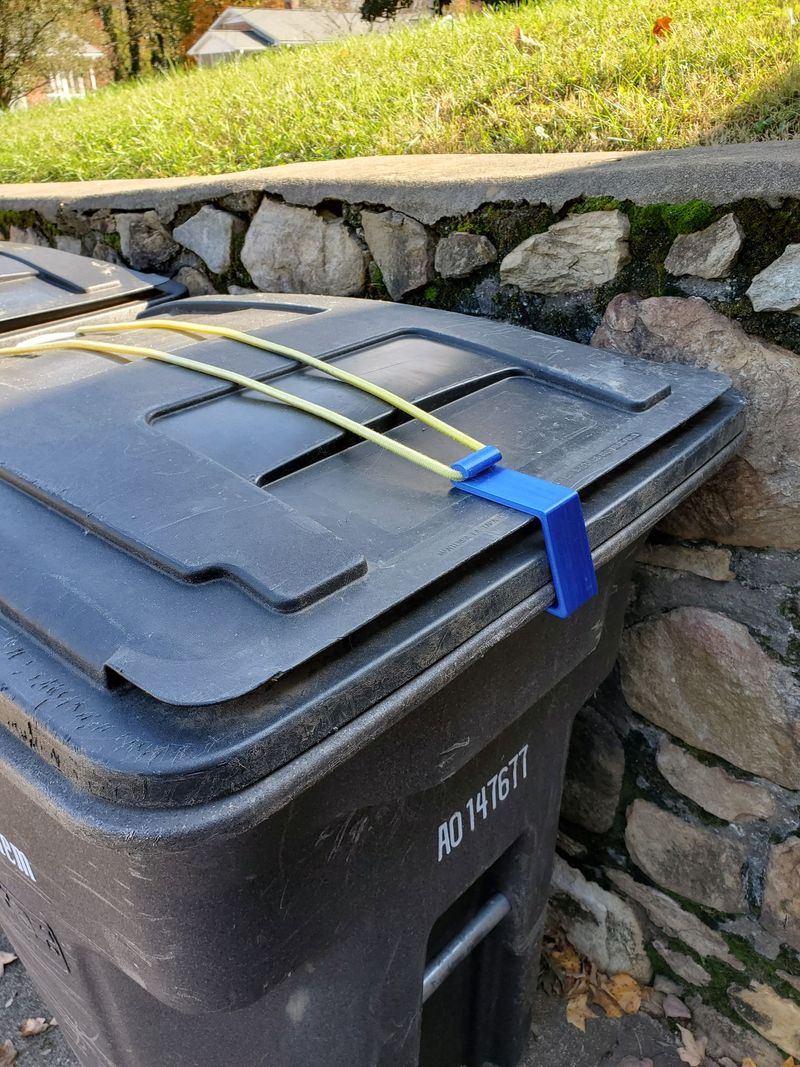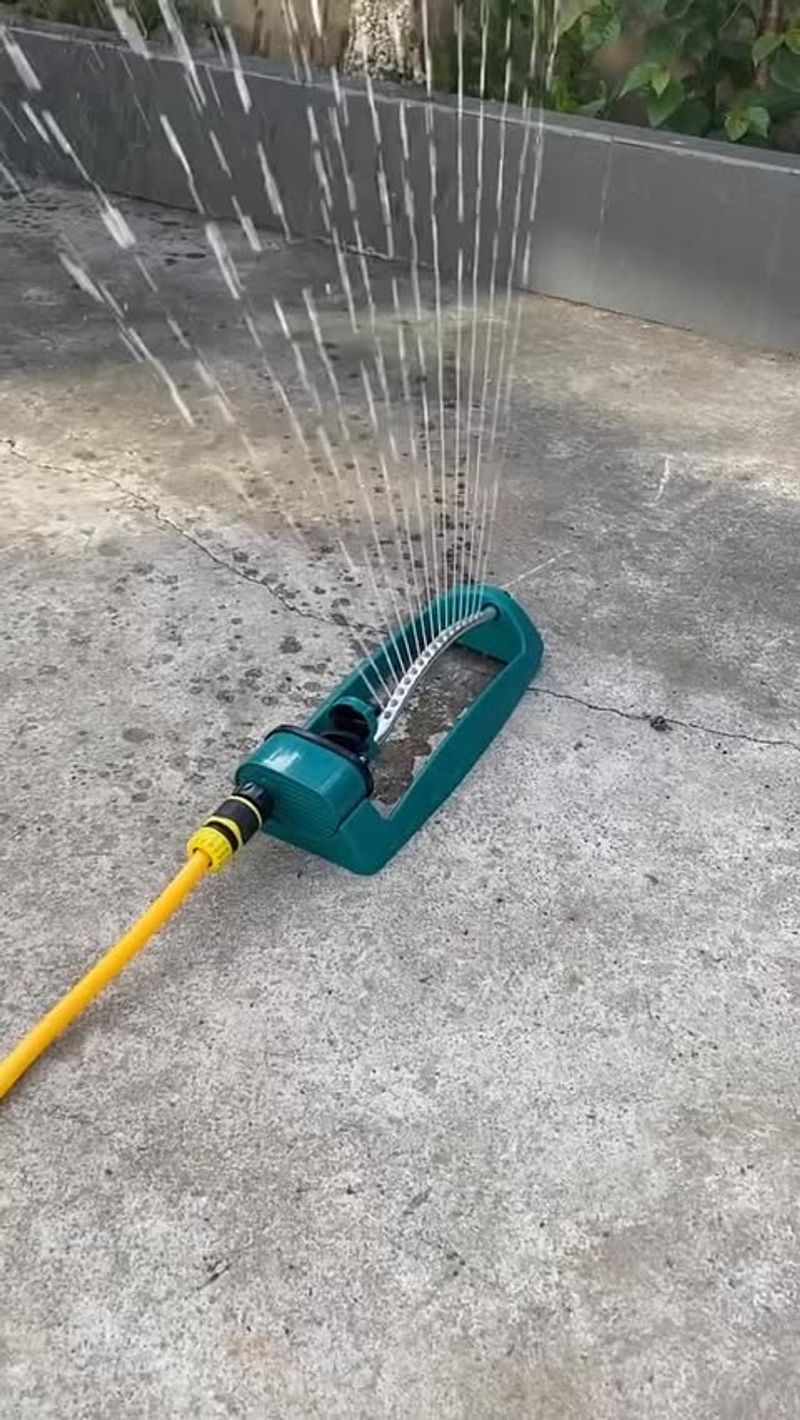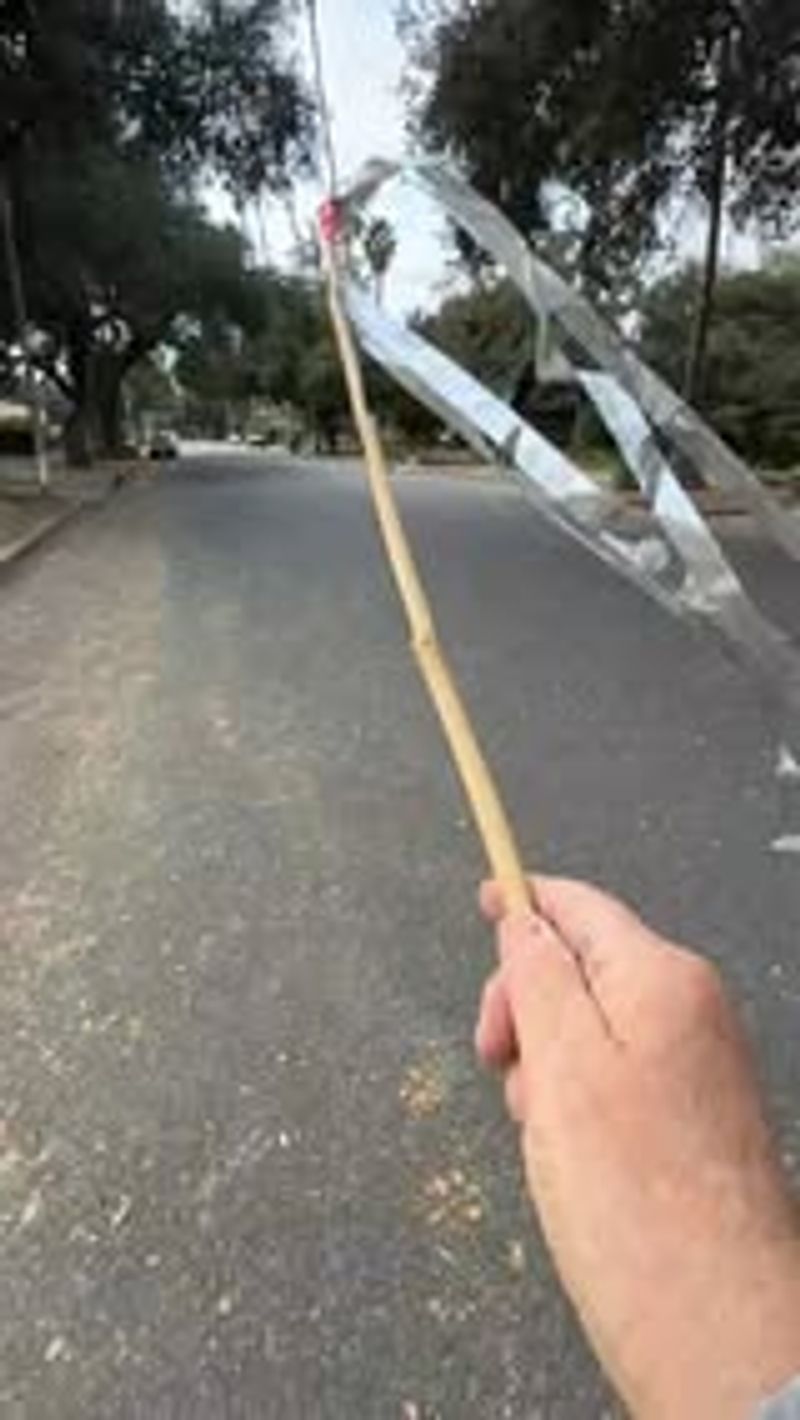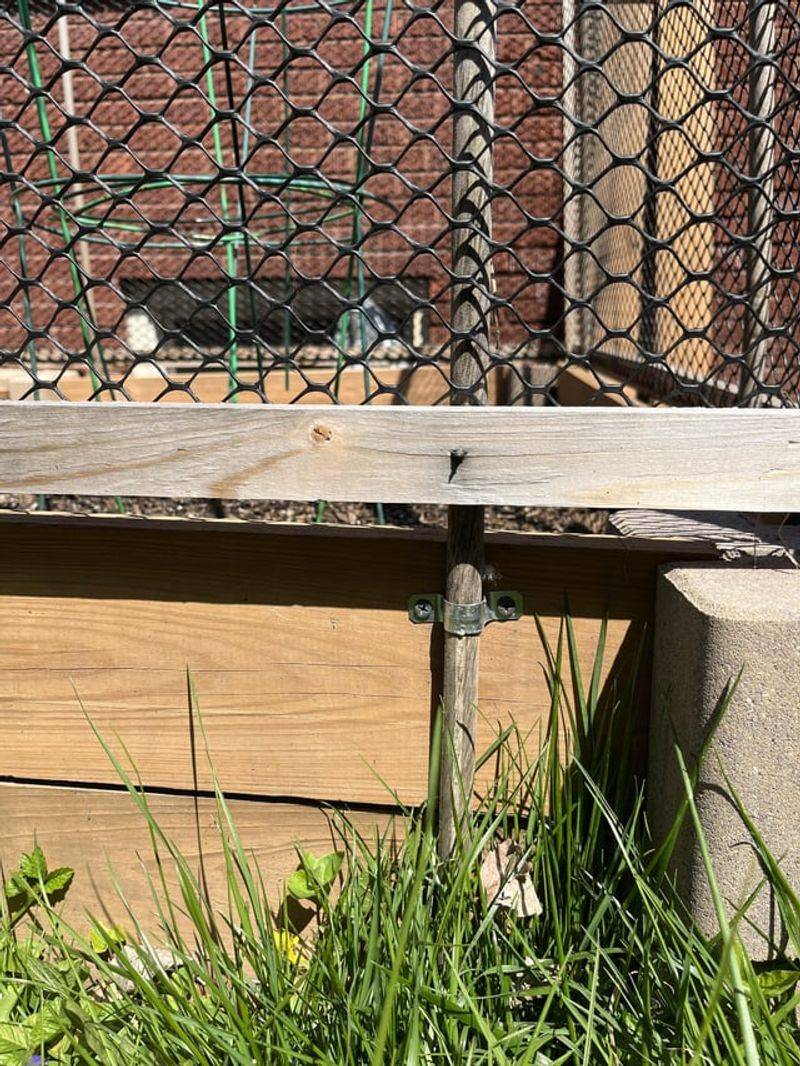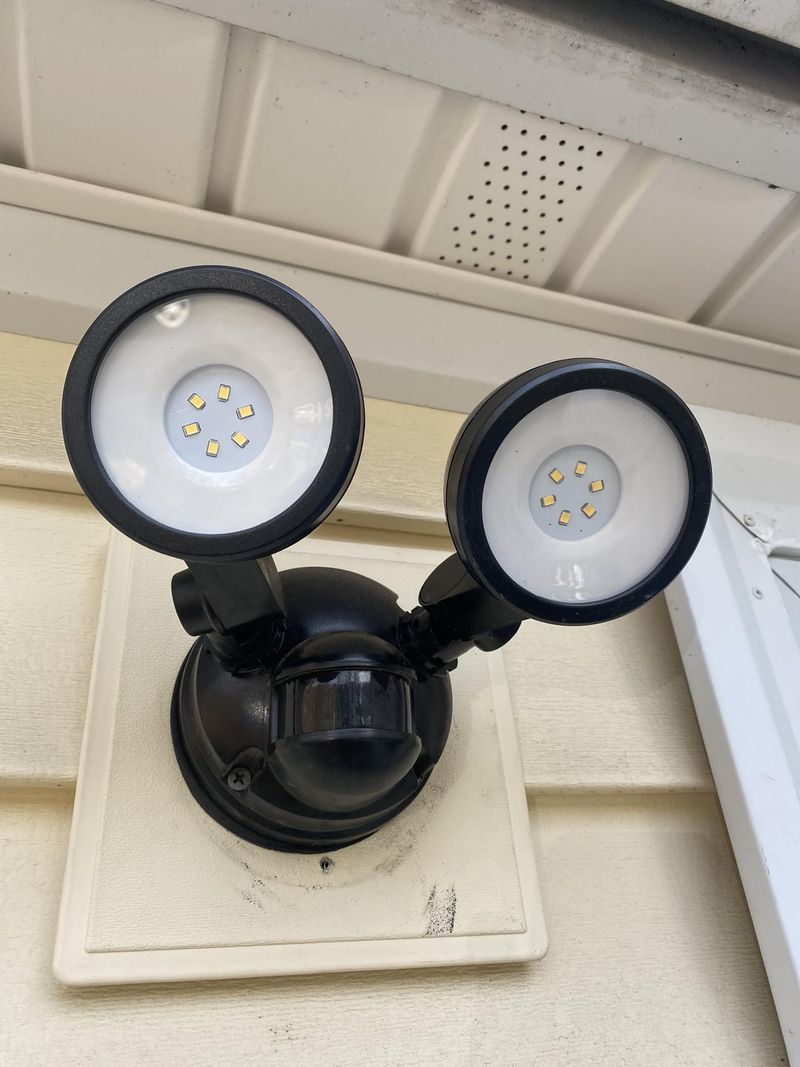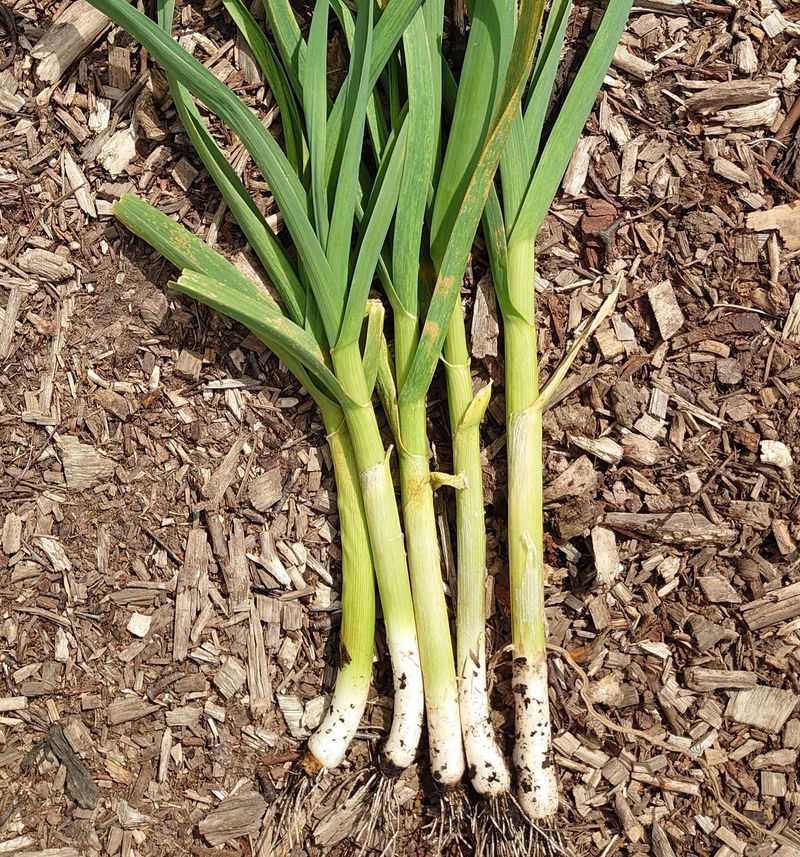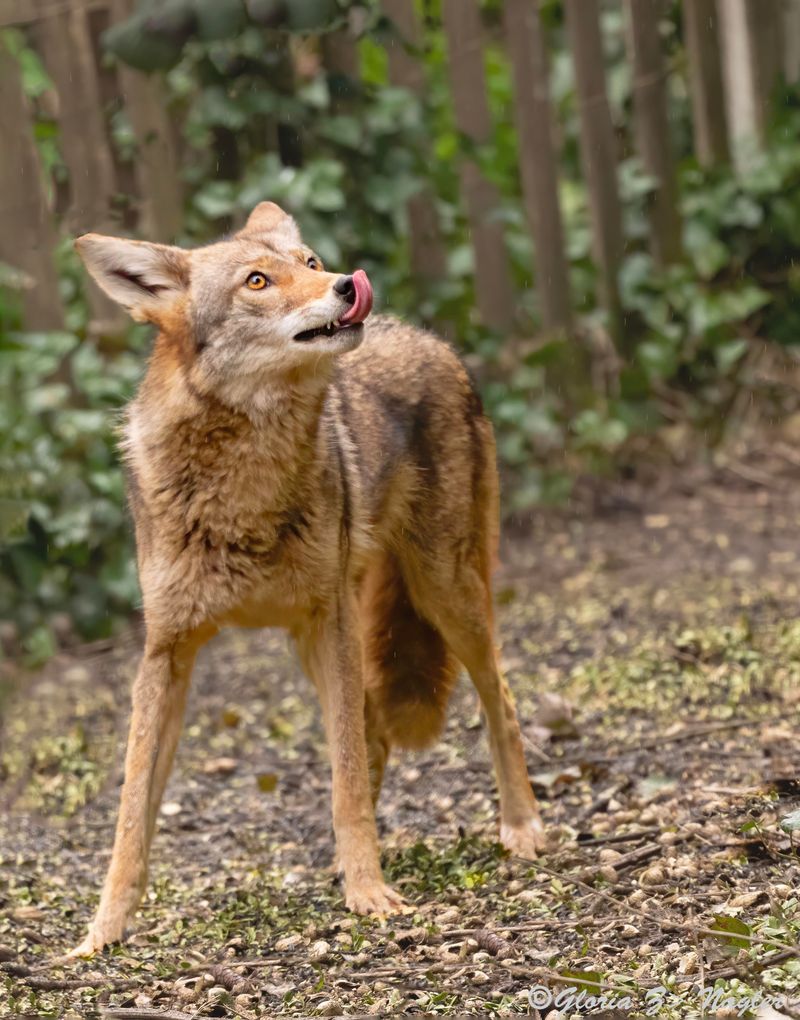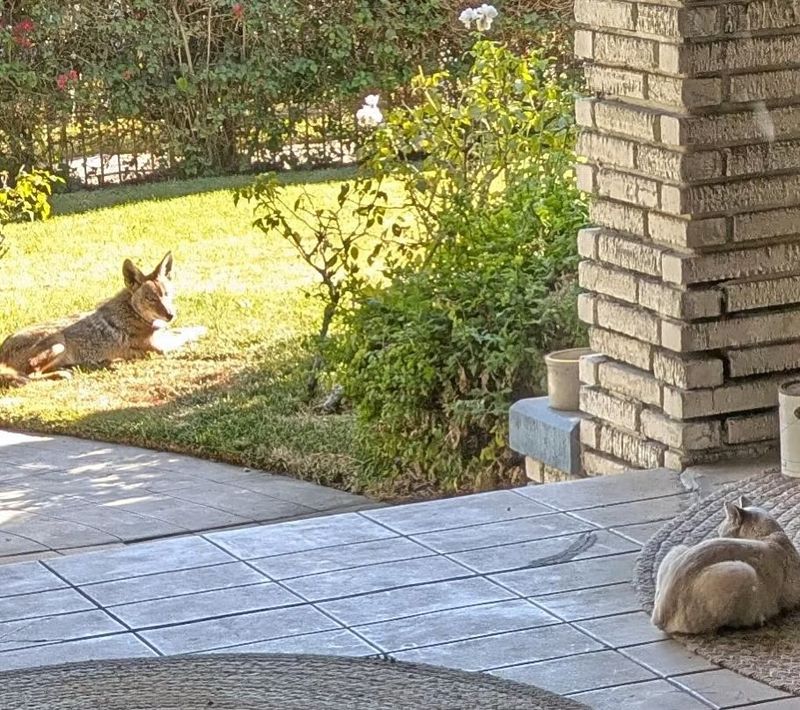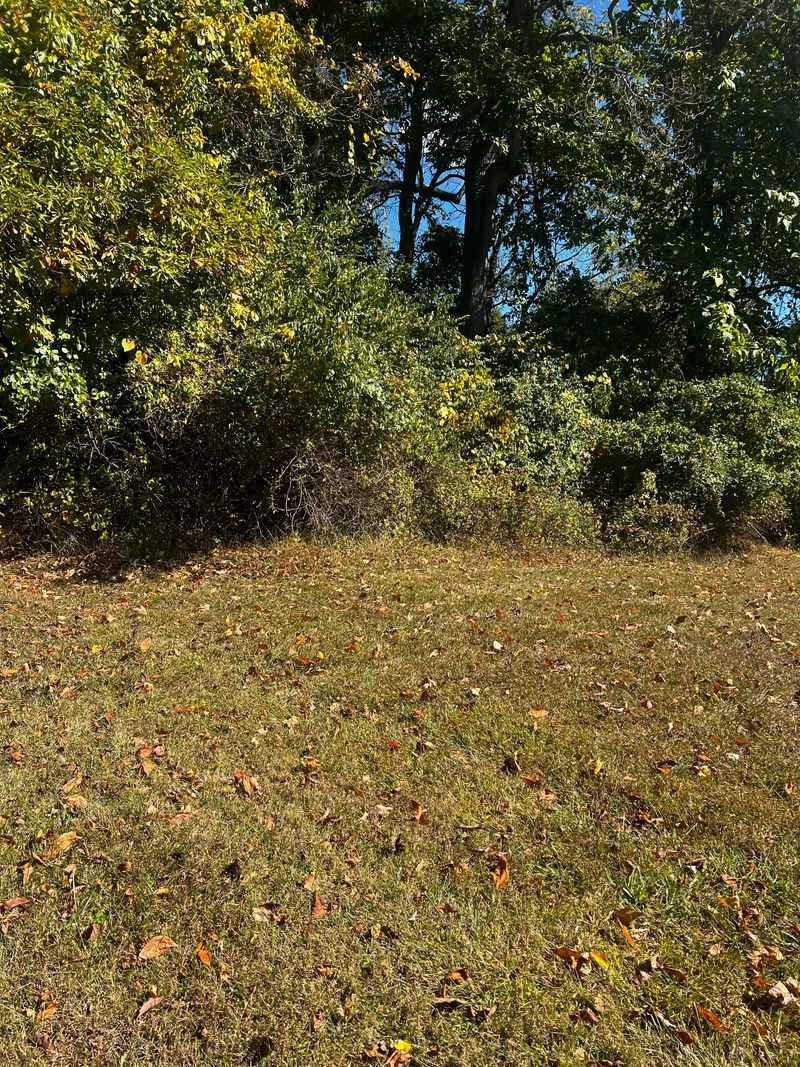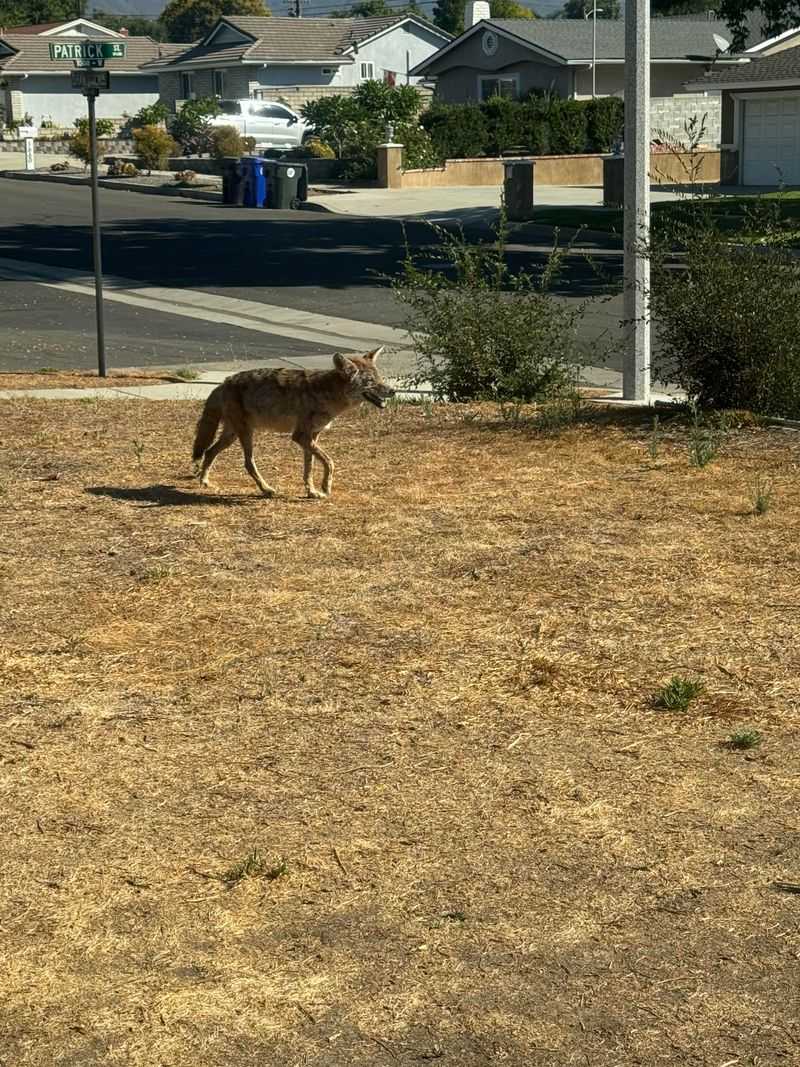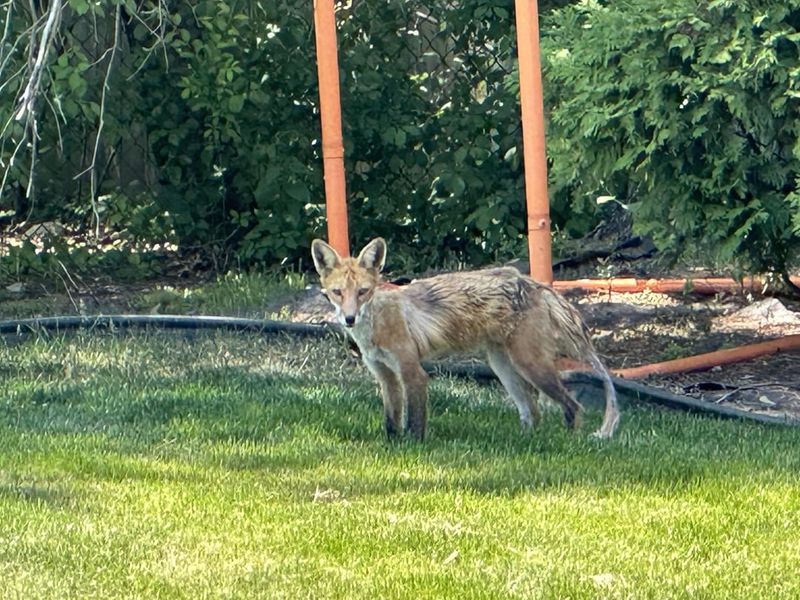If a coyote appears in your Florida yard, it helps to know exactly how to react. There are a few key steps that can keep you and your pets safe.
At the same time, some actions can make the situation worse if you’re not careful. Knowing what to do—and what to absolutely avoid—makes all the difference.
With the right approach, you can protect your yard without unnecessary stress.
1. Remove Food Sources
Pet food, fallen fruit, and unsecured garbage are like ringing the dinner bell for hungry coyotes. Florida homeowners often don’t realize these innocent items attract wildlife to their properties.
Secure trash cans with locking lids and bring pet food inside at night. Harvest ripe fruits promptly and clean up bird seed spills, which attract rodents that coyotes hunt.
2. Install Motion-Activated Sprinklers
Surprise water blasts create an unpleasant experience coyotes won’t forget. Many Florida residents have found success with this harmless deterrent that teaches coyotes your yard isn’t welcoming.
Position sprinklers near property edges where coyotes might enter. The sudden spray startles without causing harm, and the added benefit of extra irrigation helps Florida lawns stay lush during dry spells.
3. Create Noise Deterrents
Coyotes dislike unexpected sounds that signal potential danger. Aluminum cans filled with coins, wind chimes, or small bells can create noise barriers around your Florida property.
Hang these noise makers on fences or trees at the perimeter of your yard. Some Florida homeowners also use portable radios tuned to talk stations, as human voices naturally make coyotes uncomfortable.
4. Install Proper Fencing
A well-designed fence can be your best defense against curious coyotes. In the Sunshine State, many homeowners opt for fencing that’s at least 6 feet tall with an additional buried portion.
Add coyote rollers to the top of existing fences to prevent climbing. Remember that Florida’s sandy soil makes it easy for coyotes to dig, so extend fencing at least 12 inches underground or install an L-shaped mesh barrier.
5. Use Light Deterrents
Coyotes prefer to move under cover of darkness. Solar-powered motion sensor lights create sudden brightness that makes them think twice about entering your space.
Position lights around the perimeter of your Florida property, especially near potential entry points. Many Florida homeowners complement lighting with reflective objects like old CDs hanging from trees, which create unpredictable flashes in the breeze.
6. Plant Coyote-Repelling Vegetation
Certain plants naturally repel wildlife with their strong scents. Wolf’s bane, garlic, and peppers create aromatic barriers that coyotes prefer to avoid.
Create a perimeter garden with these pungent plants around your Florida property. Many Florida gardeners also incorporate thorny native plants like barberry or blackberry bushes, creating physical barriers that coyotes find uncomfortable to navigate through.
7. Practice Hazing Techniques
Hazing teaches coyotes to fear humans without causing harm. Wave your arms, make loud noises, or spray water from a hose when you spot one in your yard.
Florida wildlife officials recommend this approach as it reinforces natural wariness. Be consistent—every family member should haze coyotes they encounter on your Florida property, teaching them that approaching humans doesn’t lead to rewards.
8. Protect Smaller Pets
Small pets can look like prey to hungry coyotes. Never leave cats or small dogs unattended outdoors, especially during dawn and dusk when coyotes are most active.
Create a secure, covered pet area if your animals need outdoor time. Many Florida pet owners install coyote-proof kennels with wire tops and buried fencing to ensure their furry family members stay safe in coyote country.
9. Clear Dense Vegetation
Overgrown areas provide perfect hiding spots for coyotes seeking shelter. Trim back dense shrubs, remove brush piles, and keep grass short to eliminate potential dens.
Florida’s warm climate encourages rapid growth, so regular maintenance is essential. Pay special attention to areas along fences and property lines where coyotes might find secluded spots to rest during Florida’s hot afternoons.
10. Feeding Coyotes
Intentionally feeding coyotes destroys their natural fear of humans and creates dangerous dependency. Even indirect feeding through unsecured compost or wildlife feeders teaches them your yard means food.
Once coyotes associate Florida homes with easy meals, they become bolder and harder to deter. This behavior change can lead to problematic interactions not just on your property but throughout your Florida neighborhood.
11. Mistake: Running Away
Fleeing from a coyote triggers their chase instinct and positions you as prey. Stand your ground instead, appearing large and making loud noises to assert dominance.
Florida hikers and homeowners should maintain eye contact while backing away slowly if necessary. Remember that across the Sunshine State, coyote attacks on humans are extremely rare—they typically want to avoid you as much as you want to avoid them.
12. Using Poison
Attempting to poison coyotes is not only illegal in Florida but also dangerous to pets, children, and other wildlife. Poisoned coyotes die slowly and painfully, creating unnecessary suffering.
Florida’s ecosystem depends on predators like coyotes to control rodent populations. Instead of harmful methods, Florida wildlife officials strongly recommend using the humane deterrents mentioned above to coexist safely with these adaptable animals.

